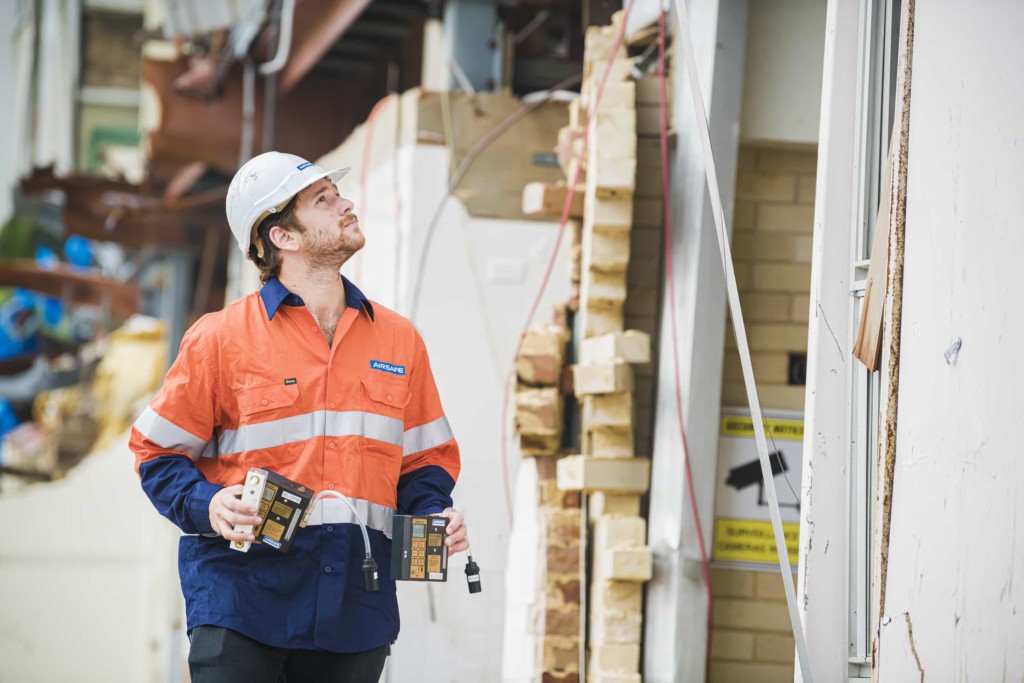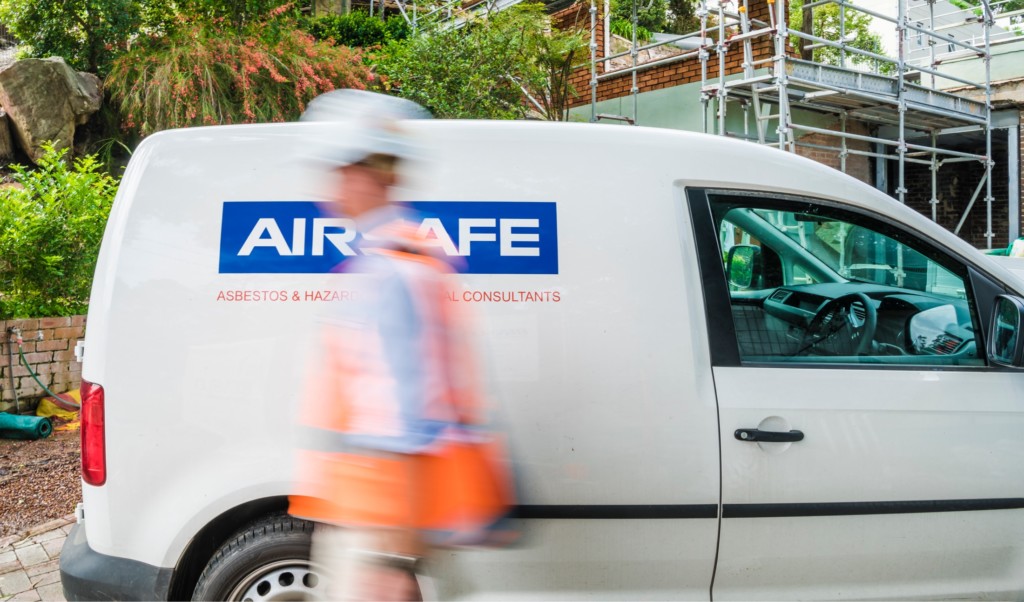Airsafe can carry out a risk assessment to identify any risks associated with the identified asbestos-containing materials (ACM). The risk assessment takes account of:
- The condition of the ACM: whether they are friable or non-friable and stable; whether they are liable to damage or deterioration
- The likelihood of exposure
- Whether the nature or location of any work to be carried out is likely to disturb the ACM.
Once we have assessed the risks to workers’ health, you can make informed decisions about control measures to protect workers.
Risk Assessment Factors
In itself, the presence of ACM does not necessarily constitute an exposure risk. However, people are at risk of an exposure if the ACM is sufficiently disturbed to release breathable fibres into the air.
The risk assessment includes a material assessment and a priority assessment. The material assessment looks at the type and condition of the ACM and the ease with which it will release fibres if disturbed. The priority assessment looks at the likelihood of someone disturbing the ACM.

Material assessment
When assessing the material condition of the ACM, we consider factors such as:
- Evidence of physical deterioration and/or water damage
- Degree of friability of the ACM
- Surface treatment, lining or coating (if present)
- Likelihood to sustain damage or deterioration in its current location and state.
We use an algorithm to carry out the material assessment — a numerical way of taking into account several influencing factors and giving each factor a score. Added together, these give a total material assessment score.
The algorithm considers four parameters that determine the risk from an ACM:
- Product type
- Extent of damage
- Surface treatment
- Asbestos type.
This material assessment will give a good initial guide to the priority for management, as it will identify the materials which will most readily release airborne fibres if disturbed. However, there are other factors to take into account when prioritizing action. These are considered in the priority assessment.

Priority assessment
While the material assessment identifies the high risk materials, that is, those which will most readily release airborne fibres if disturbed, it does not automatically follow that those materials should be given priority for remedial action.
Management priority must be determined by carrying out a priority assessment, taking into account factors such as:
- maintenance activity
- occupant activity
- likelihood of disturbance
- human exposure potential.
Do you need a risk assessment carried out on identified asbestos? Call Airsafe on 1300 888 338.



